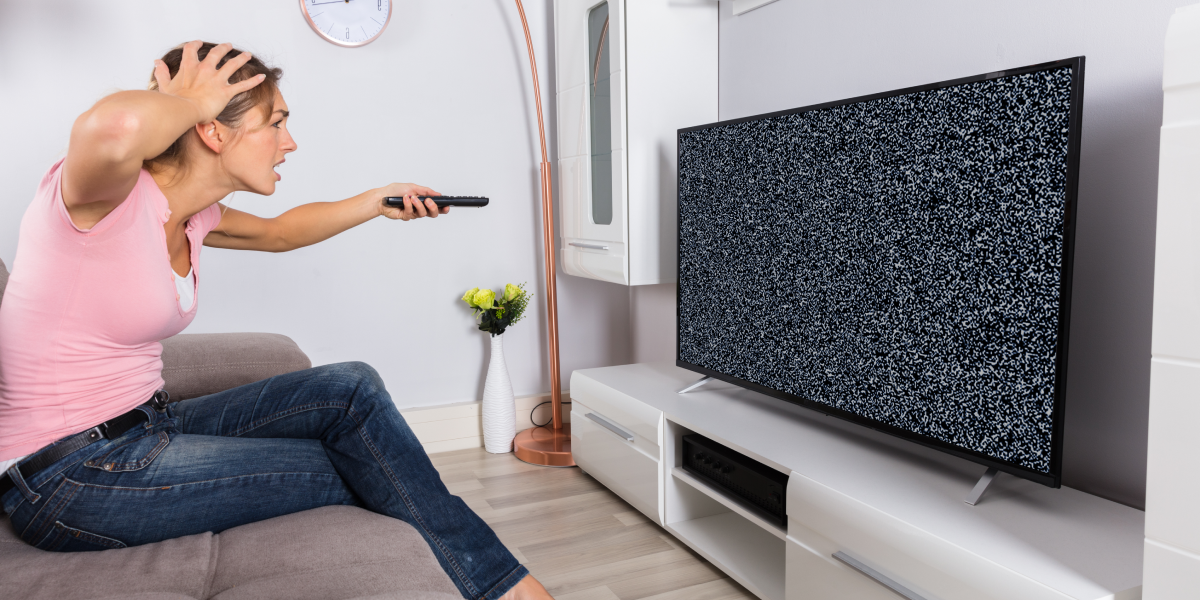When it comes to obtaining a set-top box (STB) for your IPTV/OTT service, you face the choice of buying or renting from your service operator. This article aims to guide you through the considerations for both options, including the advantages of owning an STB, the benefits of renting, and the potential cost-effectiveness of purchasing a media player.
A media player serves as a device tailored for accessing online content or utilizing external media sources. For instance, with a set-top box, you can enjoy digital TV, internet videos, and Netflix shows. Additionally, you have the option to incorporate paid channels or download videos from an external hard drive.
Your device receives a digital signal from the content provider, typically an IPTV/OTT operator, through the Internet. Subsequently, the STB converts this signal into a format compatible with your TV and projects it onto the screen. Importantly, it ensures that both the sound and image quality are maintained throughout the process.
Set-top box rental advantages and disadvantages
Renting out of equipment is a service offered by an operator. Renting an STB is practical for people who do not want to worry about how well their equipment works. An IPTV provider owns the set-top box, so in the event of a failure, they will pay for repairs. The operator will either fix or discard the old device while the user will receive a new one. The device complies with all of the most recent standards, so a user need not be concerned. For instance, when a new type of casting or content is released, a new model will take the place of an outdated STB.
Renting with the option to buy later can save money. A user who rents an STB pays a monthly subscription fee for devices and content.
Rent-to-own services are provided by some companies at a discount. In other words, your set-top box will be regarded as yours once a certain amount of time has passed, like a year. You must carefully consider whether it is more cost-effective to rent or purchase a device right away in this situation.
A set-top box can only function in the network of one operator. Some IPTV services alter their hardware so that the set-top boxes can only play back video streams from a particular service provider. Viewers cannot use a customized set-top box in this situation when changing operators.
On occasion, a subscriber may find that a device’s characteristics do not satisfy the operator. For instance, older people may only need a few basic features but still have to “pay” for all the features of the device even though they will not use most of them.
However, a set-top box’s performance may be inadequate for some users, such as gamers who use it as both a media player and a gaming console.
If a viewer only intends to use a set-top box for six months or less, and during that time they do not intend to move or switch operators, renting a set-top box is a good idea.
Pros and cons of buying a set-top box
If you intend to use a set-top box for more than a year, buying one is wise. For instance, if an STB costs USD 80 and a monthly rental fee is USD 6, the rent for 14+ months will be more expensive than the purchase. There may be various pricing options available from different IPTV providers.

Compatible with the majority of video services: The majority of video services can be accessed with owned set-top boxes. Because of this, users’ viewing choices are more flexible and customizable.
If subscribers own set-top boxes, they can cancel their contract with their current operator and join a new one. In contrast, rented devices must be purchased or returned.
You can choose a set-top box that meets your needs. You can buy the most basic media player and avoid overpaying for unnecessary features if you need a set-top box to allow your children to watch cartoons on YouTube while ensuring adults can watch the news.
Potentially tricky setup. IPTV operators typically assist users in configuring their devices. Service providers will help connect devices in five minutes and are experts on their own set-top boxes. However, if operators or users are not familiar with the set-top box’s interface, integration will take longer. Additionally, there might be a charge for this service.
You must repair and update a set-top box at your own expense. A set-top box will not work if it has a factory defect, a short circuit, or a firmware bug. Users will have to solve this problem on their own in this case. Subscribers who rent set-top boxes will receive new operating devices quickly and for free.

Buying an STB is the best option if you intend to use it for more than a year, know what features you require, and want the flexibility to switch IPTV providers.
Every user decides what is most important to them: relying on a service operator or foregoing STB maintenance altogether. If you are in the market for a set-top box, we recommend checking out Infomir’s selection of Linux- and Android TV-powered devices.
